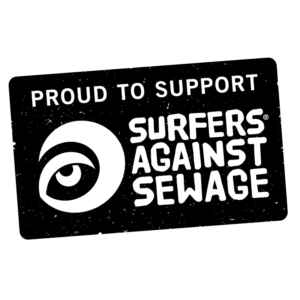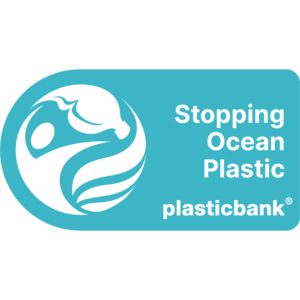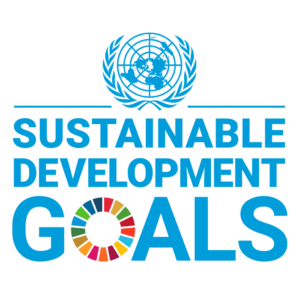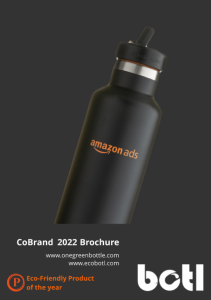Written by Jo Ruxton
Ten years ago this summer marks our first journey to the ‘so-called’ Great Pacific Garbage Patch. Ready to film for our documentary A Plastic Ocean, we joined a team of scientists expecting to encounter a vast island of floating plastic “twice the size of Texas”. On the 1,500 mile journey to the centre of the North Pacific Ocean, our scientists were using surface plankton trawls to look for plastic fragments on the ocean surface. From 400 miles west of the California Coastline the nets revealed tiny plastic fragments in the apparently clear, clean ocean. The closer we travelled to the ocean centre, the more choked up those nets became with microplastics. But what we never encountered was the huge island of floating plastic.
The truth is, there is no floating island of plastic. Plastic does gather at the centre, but by the time it reaches it, it has already broken up into small fragments due to the wave and wind action. There were a few larger pieces, but nothing like a ‘giant floating island’. Part of our trip was to look at possible methods of collecting the plastic and either retrieving it for recycling or turning it back into fuel. But the longer we stayed out there, reality dawned that the internet was pushing out a very false image of the problem.
What’s the bigger problem at stake? Microplastics are mixed with the life-giving plankton, which means retrieving it would remove this source of food. Plankton is the base and heart of the food chain, and vital to every living creature in the ocean. An equally distressing issue would be if phytoplankton was removed from the surface. This would remove tiny plants that provide more than half the oxygen we breathe, as well as absorbing the CO2 we produce.
A few years after we returned from filming, we heard about the plan to put a massive boom across the centre of the ocean gyre to collect the plastic there. Before we had witnessed the situation in the Pacific, we would have whole-heartedly supported this effort. But after discovering the reality, we harboured multiple concerns:
- How it might work and if successful, what it might do to the plankton community?
- How it would fare with the wind and wave action?
- How it could become a shipping hazard since anchoring would not be an option at such depths?
- What would happen to the plastic since ocean plastics are mixed and not valuable in the recycling stream?
There were now so many doubts. More scientists were starting to question the feasibility of the Ocean Cleanup, especially the time claimed in which the plastic would all be removed in “5 years”. The other fact that was not being considered is that more than half of all plastics sink and bringing those up from the ocean depths would not be possible.
By Jo Ruxton
Co-founder Plastic Oceans Foundation
Producer A Plastic Ocean











